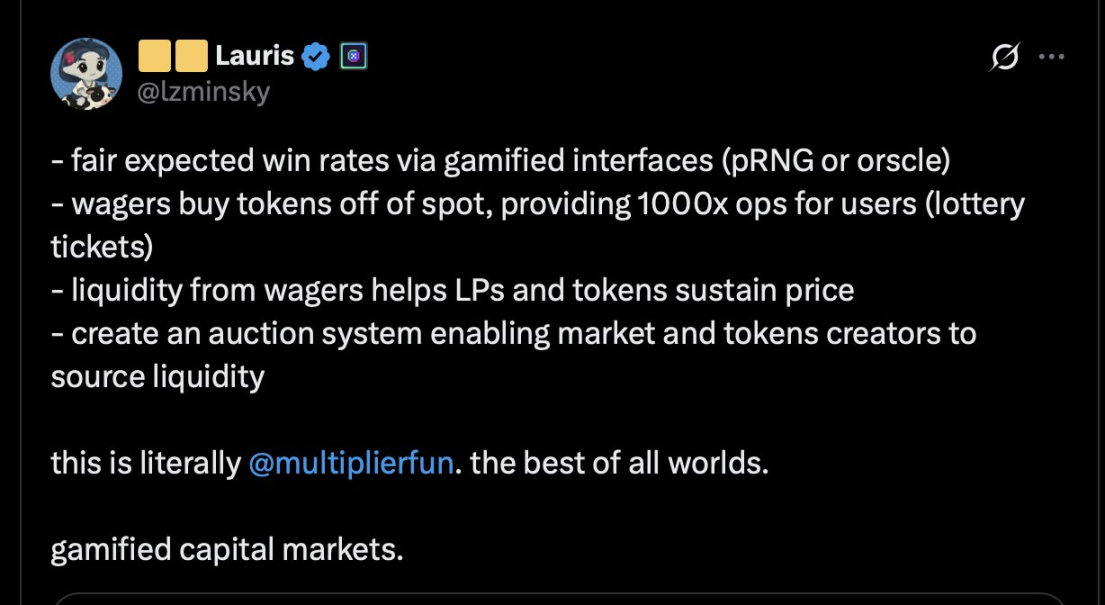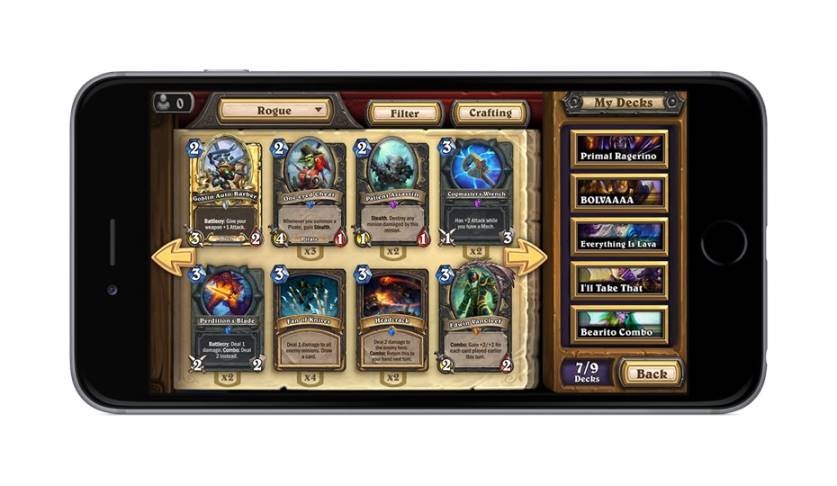Gambling is no longer a marginal vice, but has become the most powerful distribution channel in the market.
Written by: Lauris
Translated by: Saoirse, Foresight News
For centuries, gambling has been viewed as a negative-sum game. The house always wins, extracting value from both sides of every bet. From national lotteries to Las Vegas casinos, gambling has seemingly become a tax on "hope," a tool for transferring wealth from the many to the few.
But what if this view is not comprehensive? Look around: people flock to the Zora content coin market, delve into speculation in small-cap coins, or blindly follow any trending investment narrative. Essentially, these behaviors are all speculative. And speculation is just gambling repackaged.
From this perspective, gambling is not merely entertainment. It can be understood as a fundamental coordination mechanism: a way to aggregate risk, attention, and capital into a common outcome. What once seemed like futile games of chance now gradually reveal their qualities as engines of distribution and culture.
The Common Origin of Finance and Gambling
Essentially, gambling is a simplified market. A bet is ultimately a contingent claim:

Mathematically, this is entirely consistent with options or futures contracts, both of which exchange present certainty for future uncertainty. The so-called "speculation" in finance is more straightforwardly reflected in gambling. Both are mechanisms for pricing uncertainty.
The current task is to redesign this structure to create a positive-sum model, allowing liquidity, participants, and creators to achieve mutual growth through interaction.
This difference exists at the level of language and culture, rather than structure. Keynes, Schumpeter, and Galbraith would all agree on this.
(Note: Keynes, Schumpeter, and Galbraith were highly influential economists of the 20th century, whose theories have had a profound impact on modern economics, financial markets, and even social policy.)
Casino Bet: Bet $1 on red, if the outcome matches, win $2.
Call Option: Pay $1 premium, if the conditions for exercising are met, gain $2 profit.
Casino bets and call options are essentially the same: both exchange present certainty for future uncertainty, and both are provided liquidity by market makers. The only difference is the "packaging." In a marble-columned venue, it is called gambling; on an Etherscan page, it is called finance. The real mistake is to keep pretending they are two different things when they are, in fact, one and the same.
The cognitive fallacy in modern society is the artificial separation of the two.
From Negative-Sum to Positive-Sum
The reason traditional gambling is a negative-sum game lies in the "take rate" mechanism. If 10 players each bet $100, and the casino takes a 10% house edge, the total wealth redistributed is only $900. Such a system guarantees long-term losses for players:
Formally:

For most games:

However, in an on-chain environment, when gambling scenarios can interact with spot markets, the "house" no longer needs to profit through extraction.
It can act as a liquidity router or market-making mechanism. Each bet becomes a buy order, adding liquidity to long-tail assets, tokens, and even structured positions in credit and prediction markets.
The house no longer extracts value from players but instead flows funds back into the ecosystem itself, transforming speculation into liquidity and distribution dynamics.
A simplified positive-sum model is as follows:
Ecosystem Expected Value = Sum of All Players' Expected Values + Routing Expected Value
(Routing expected value represents the liquidity value created by the flow of house funds)

In this structure, the take rate no longer consumes value but instead creates value. Speculation itself becomes a mechanism for injecting liquidity, distributing assets, and deepening the market.
Cultural and Coordination Multiplier Effects
Gambling is particularly well-suited for transitioning to a positive-sum model not only because of its entertainment value but also due to its role as a distribution channel. Prices are a function of distribution, and gambling can achieve large-scale distribution. Every bet can trigger a chain reaction: tokens are purchased, liquidity is injected, and attention is focused.
Streaming and communities amplify this dynamic effect. Streamers turn risk into entertainment, communities transform bets into rituals of belonging, and protocols capture this energy and convert it into capital flow.
When these cycles are tokenized, the significance of each bet goes beyond value transfer — it can also create distribution. Tokens issued through gambling can accumulate holders in real-time, enhance liquidity depth, and gain narrative appeal. What once was a spin on a slot machine can now create market presence.
Unlike traditional casinos, their revenue is no longer limited by the bets themselves but is multiplied through network spillover effects — here, speculation becomes a dual channel for liquidity and distribution. Gambling is no longer a moral hazard but becomes a foundational mechanism for capital formation.

Formal Model of Positive-Sum Gambling
Let W be the total amount of bets, and r be the take rate. The protocol revenue is:

In traditional casinos, R is extractive; whereas in this model, R is used for liquidity operations to deepen the market and expand distribution.
The net value of the ecosystem is:

Where routing expected value represents the liquidity and distribution value created by the flow of house funds.
As W itself grows with distribution and cultural propagation, we obtain a recursive flywheel:

Prices are a function of distribution, and in this case, gambling is the engine for creating distribution.
As bets continue to accumulate, liquidity deepens, tokens circulate, and cultural energy amplifies this cycle.
Normalization Shift and G Multiplier
If the above perspective holds, then the future of gambling is entirely unrelated to casinos. It concerns entertainment becoming a market force. People's love for entertainment transcends everything, and large-scale entertainment activities can drive market changes.
The case of the Apple Store proves this: the largest portion of mobile revenue comes from speculative activities disguised as games.

Gamified trading experiences and super-gambling extend this logic into the financial realm. Just as embedded finance has changed consumer fintech, embedded speculation will also change retail trading. Gambling is no longer a marginal vice but has become the most powerful distribution channel in the market.
免责声明:本文章仅代表作者个人观点,不代表本平台的立场和观点。本文章仅供信息分享,不构成对任何人的任何投资建议。用户与作者之间的任何争议,与本平台无关。如网页中刊载的文章或图片涉及侵权,请提供相关的权利证明和身份证明发送邮件到support@aicoin.com,本平台相关工作人员将会进行核查。




